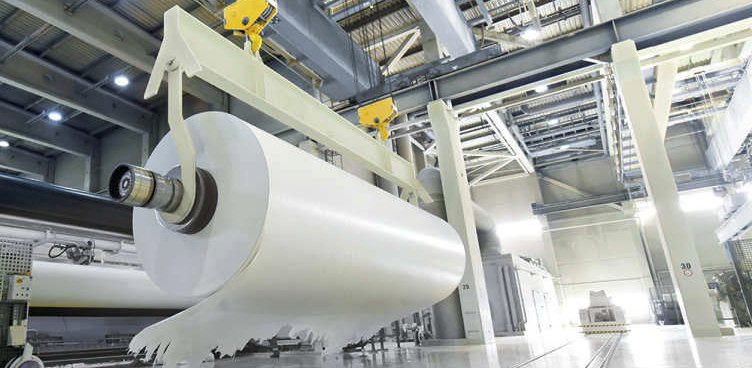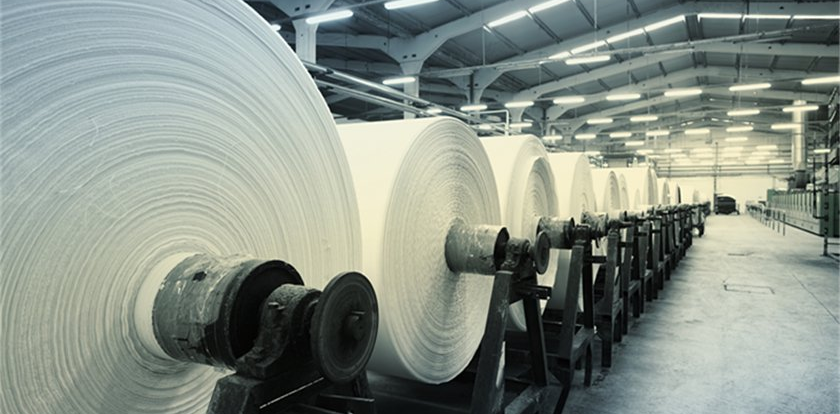Detailed Explanation of KDP Plate Heat Exchangers in the Pulp and Paper Industry
Detailed Explanation of KDP Plate Heat Exchangers in the Pulp and Paper Industry

Key Processes in the Pulp and Paper Industry and Applications of KDP Plate Heat Exchangers (PHEs)
The paper production process primarily includes pulping, bleaching, papermaking, coating, and wastewater treatment. Plate heat exchangers play a vital role in the following core processes:
Pulping Process
Black Liquor Evaporation
Black liquor (containing lignin and alkali) after pulping needs to be concentrated from 15% to 60–80% for alkali recovery through combustion.
Used in multi-effect evaporation systems as heaters, where steam (120–150°C) heats the black liquor.
Advantage:High heat transfer efficiency (3× higher than shell-and-tube exchangers), reduced scaling risk (turbulent flow design).
Plates: 316L stainless steel (alkali-resistant), titanium (Ti), or 254SMO super stainless steel (chloride-resistant).
Gaskets: EPDM (resistant to high-temperature alkali) or FKM (fluorocarbon rubber, resistant to organic solvents).
Chip Heating
Wood chips must be preheated to 70–90°C to soften fibers.
Utilizes waste heat (e.g., steam condensate) to heat process water, significantly saving energy.
Bleaching Process
Bleaching Chemical Heating (ClO₂, H₂O₂, NaOH Solutions)
Bleaching agents must react at 50–80°C for higher efficiency.
Titanium plates are used to resist ClO₂ corrosion, avoiding weld corrosion issues in shell-and-tube exchangers.
Plates: Titanium (Ti) or Hastelloy C-276 (resistant to strong oxidizers).
Gaskets: PTFE (Teflon®, resistant to all bleaching chemicals).
Paper Machine Dryer Section
Hot Air System
Drying paper requires 100–200°C hot air, traditionally generated by gas heating. PHEs can recover waste heat.
Recovers heat from exhaust gas to preheat fresh air (energy savings >30%).
Plates: 304 stainless steel (cost-effective) or aluminized steel (high-temperature oxidation-resistant).
Gaskets: Silicone rubber (resistant to 200°C).
Coating Process
Coating Color Temperature Control
Coating must be maintained at 40–60°C for uniform viscosity.
Dual PHE system: one side heats (steam), the other cools (water) for precise temperature control.
Plates: 316L stainless steel (resistant to pigment abrasion).
Gaskets: NBR (nitrile rubber, resistant to mineral oil-based coatings).
Wastewater Treatment
Anaerobic Digestion
Wastewater must be maintained at 35–55°C to promote microbial degradation.
Uses PHEs to heat wastewater, with heat sourced from biogas boiler waste heat.
Plates: 2205 duplex stainless steel (resistant to hydrogen sulfide corrosion).
Gaskets: EPDM (resistant to weak acids/alkalis).
Guidelines for KDP 's Plate and Gasket Selection
Plate Material Selection
Gasket Selection
KDP's Advantages Over Other Heat Exchangers
KDP Case Studies
Adopted all-titanium PHEs for ClO₂ bleaching, achieving a 15-year service life, whereas shell-and-tube exchangers corroded within 5 years.
Used 316L stainless steel PHEs in coating, achieving ±1°C temperature control and improving product quality consistency by 20%.

Summary
Plate heat exchangers are the preferred choice in the pulp and paper industry for pulping, bleaching, drying, and coating due to their high efficiency, corrosion resistance, and ease of maintenance.
Key Selection Recommendations:
With proper selection, PHEs significantly reduce energy consumption, maintenance costs, and enhance process stability in paper mills.

King DuPont, China famous brand of heat transfer and fluid handling supply platform.
Contact

Get Free Quotes
NEED TO CHAT?
We will get back to you within 24 hours of receiving the message.

